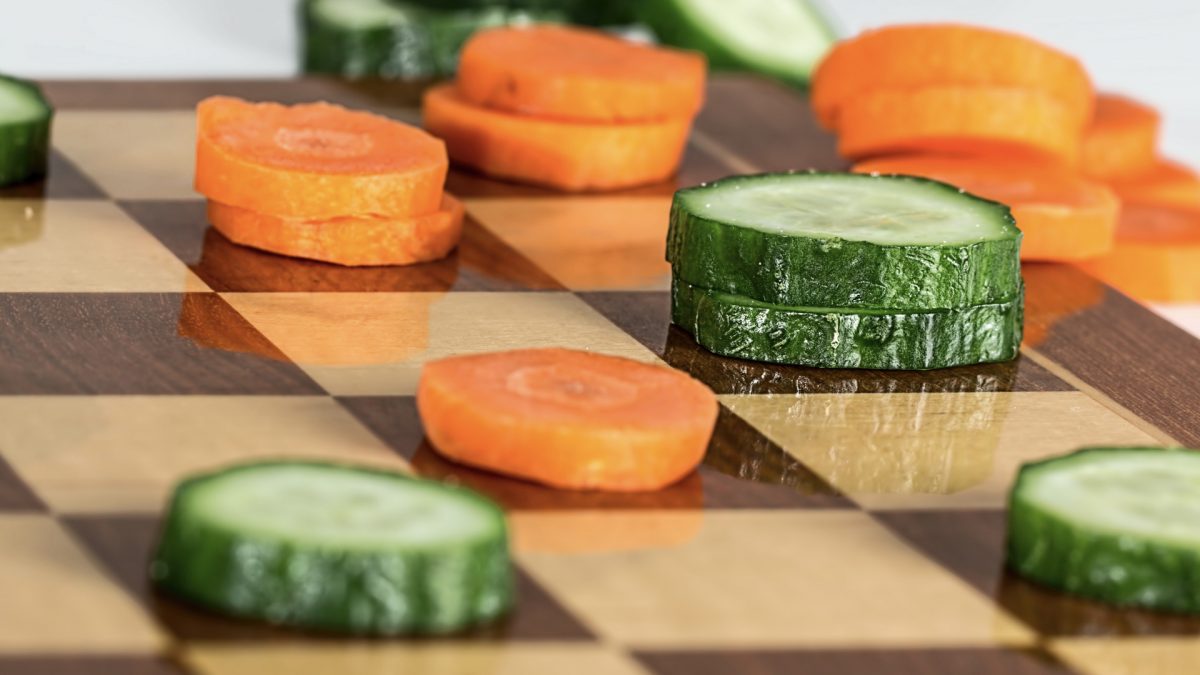
Phytonutrients
Because plant-based foods contain more than 100,000 different disease-preventing nutrients—more specifically, more than 100,000 phyto-nutrients, phyto for the Greek word for plant. Blueberries have anthocyanins that may help with memory. Tomatoes are rich in the red pigment lycopene, which may help target heart disease and cancer, and ginger has gingerols that may help with hypertension. Intake of citrus has been associated with reduced stroke risk perhaps thanks to its phytonutrient hesperidin, which appears to increase blood flow throughout the body, including the brain. The list goes on. And we can’t just take these phytonutrients in a pill. When it comes to food, the whole is often greater than the sum of its parts. Beta carotene pills, for example, may actually increase cancer risk, as opposed to the whole carrot, which may lower our risk. (Who could swallow 100,000 pills a day anyway?)
Hundreds of phytonutrients have been found to have anti-inflammatory and antioxidant activity. Six months of consuming the phytonutrients curcumin, the bright-yellow pigment in turmeric, and quercetin, which is found naturally in such fruits and vegetables as red onions and grapes, appeared to decrease the number and size of polyps by more than half in patients with a hereditary form of colorectal cancer. And many phytonutrients may help block the formation of new blood vessels that feed tumors, and others appear to defend against toxic invaders. Researchers found that phytonutrients in such plant foods as fruits, vegetables, tea leaves, and beans can block the effects of dioxins in vitro, for example. Having phytonutrient levels in the bloodstream achieved by eating three apples a day or a tablespoon of red onion appeared to cut dioxin toxicity in half. As these phytonutrient effects lasted only a few hours, we should make sure to eat healthy foods at every meal.
For substantiation of any statements of fact from the peer-reviewed medical literature, please see the associated videos below.
Image Credit: Joshua Resnick © 123RF.com. This image has been modified.
Popular Videos for Phytonutrients

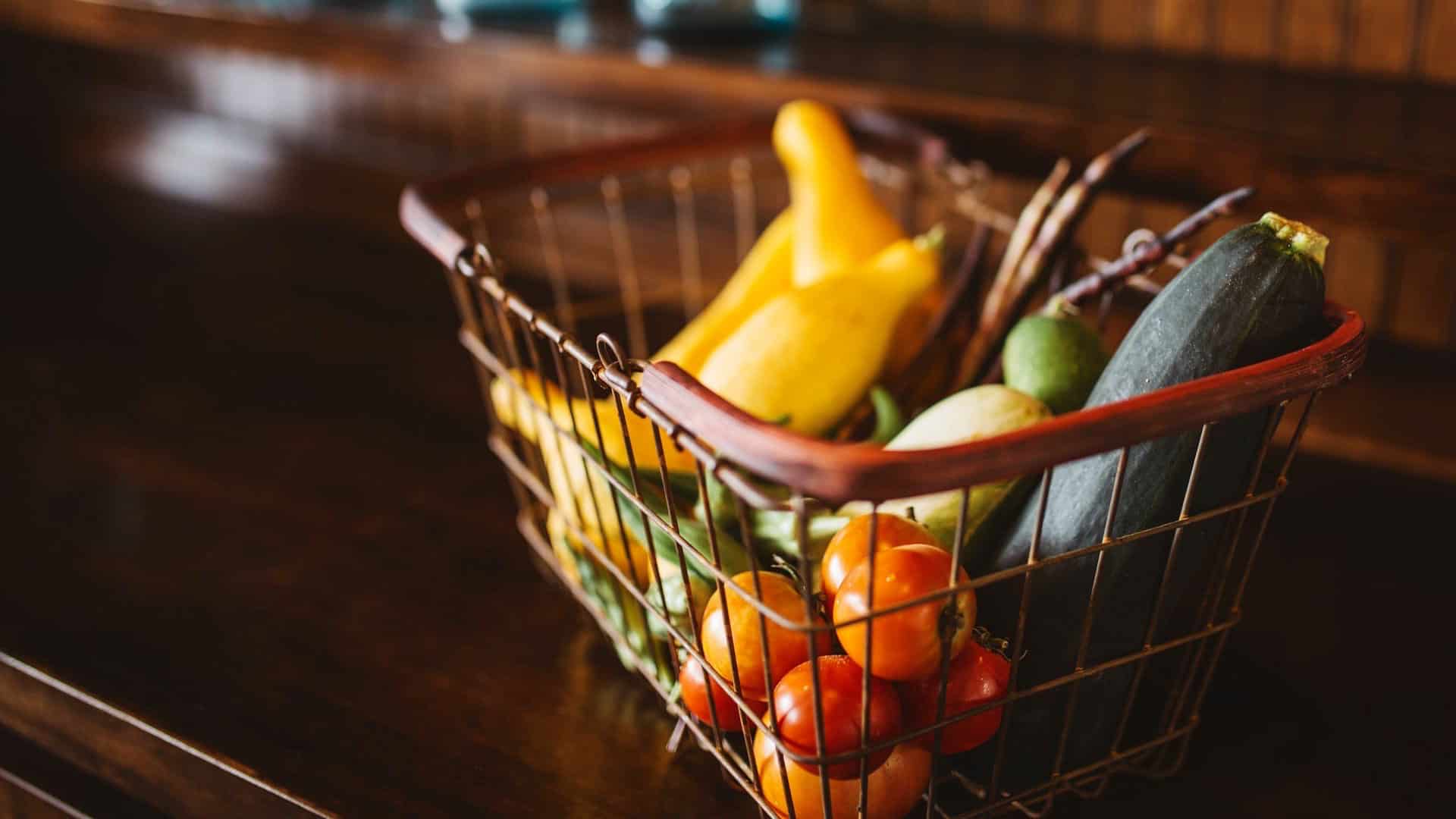
Food Synergy
Combining certain foods together may be more beneficial than eating them separately.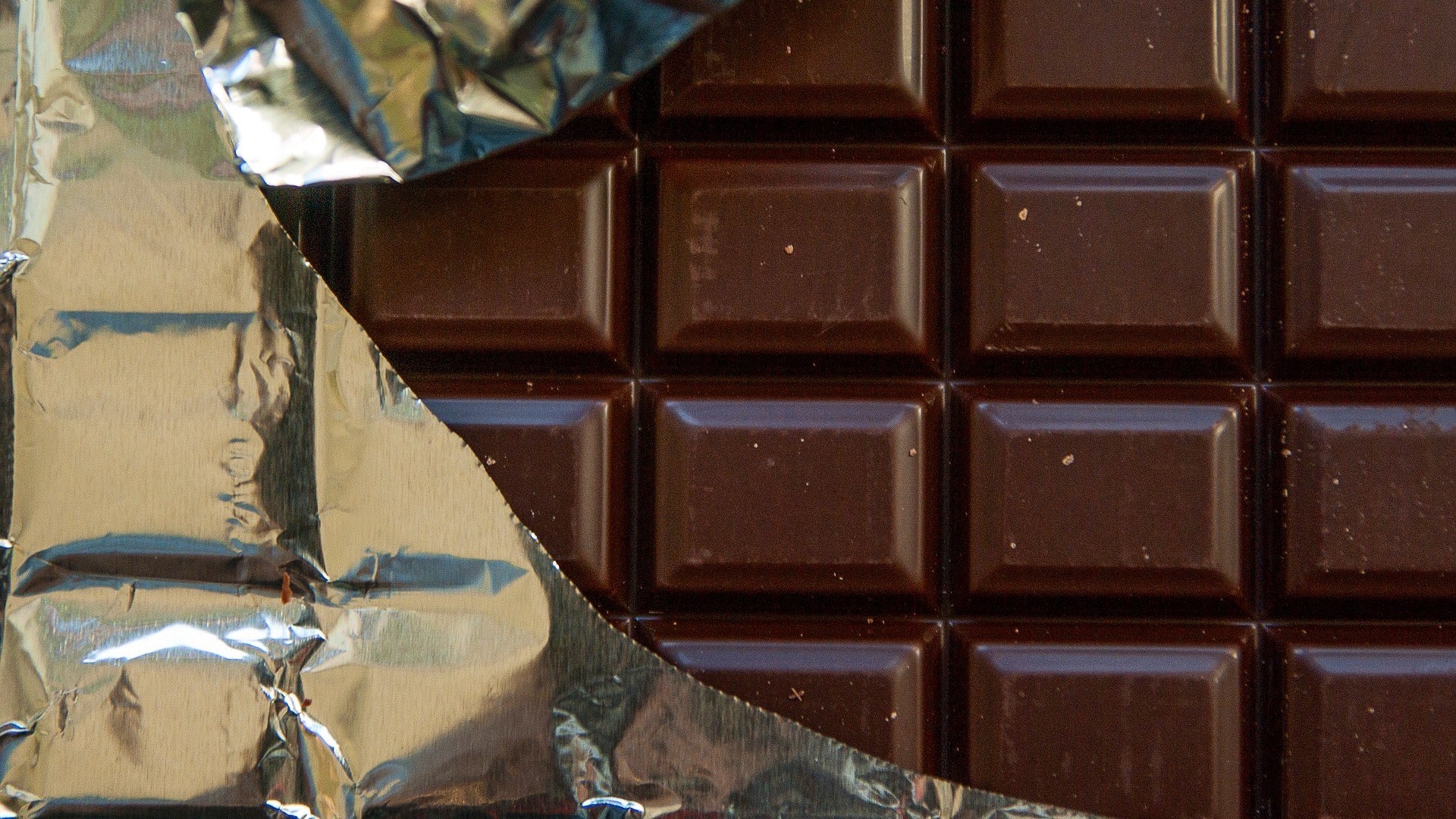
Chocolate and Stroke Risk
Dark chocolate is pitted against milk chocolate in a test of artery function.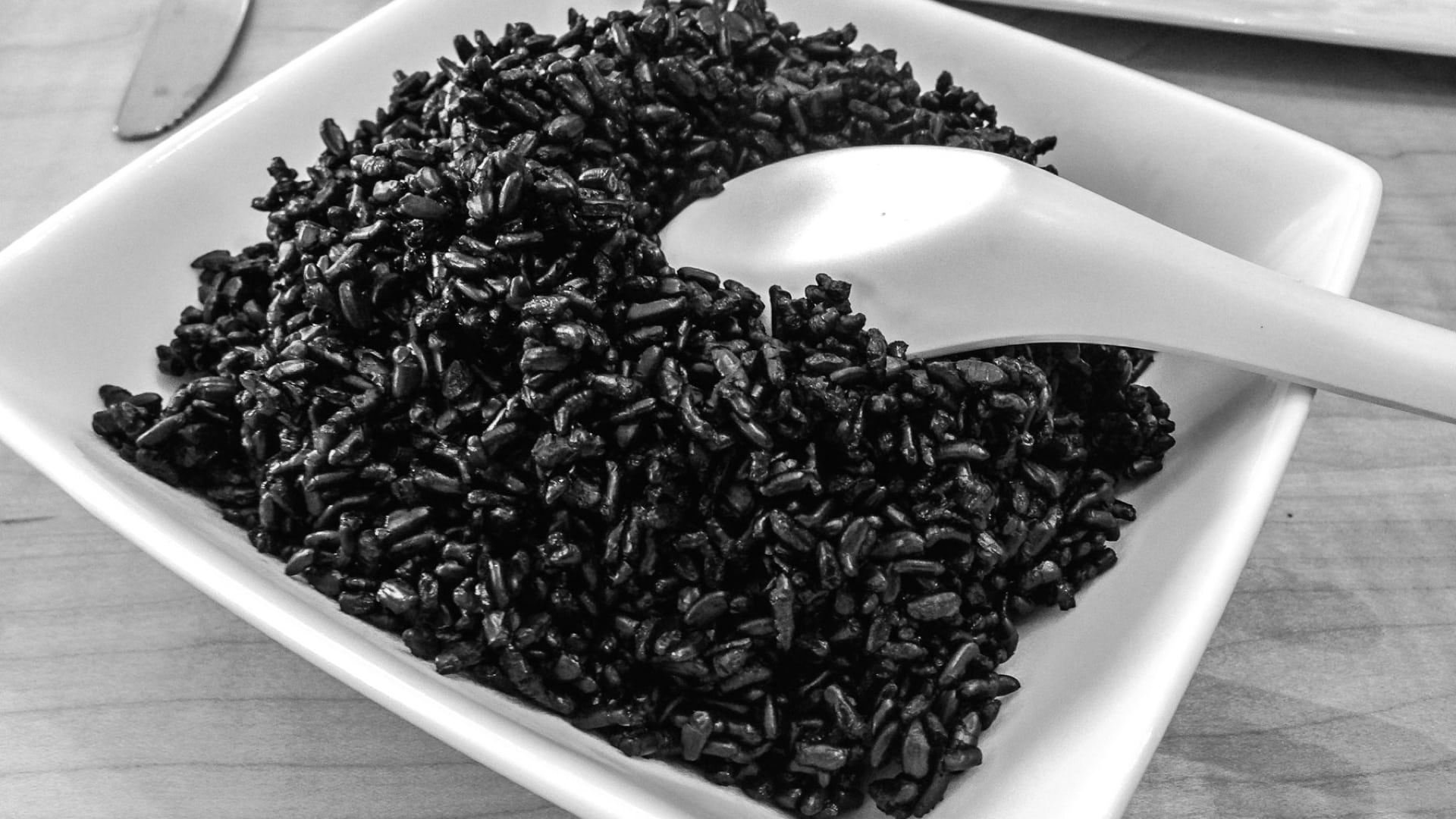
Brown, Black, Purple, and Red Unlike White on Rice
White rice is missing more than fiber, vitamins, and minerals. Phytonutrients such as gamma oryzanol...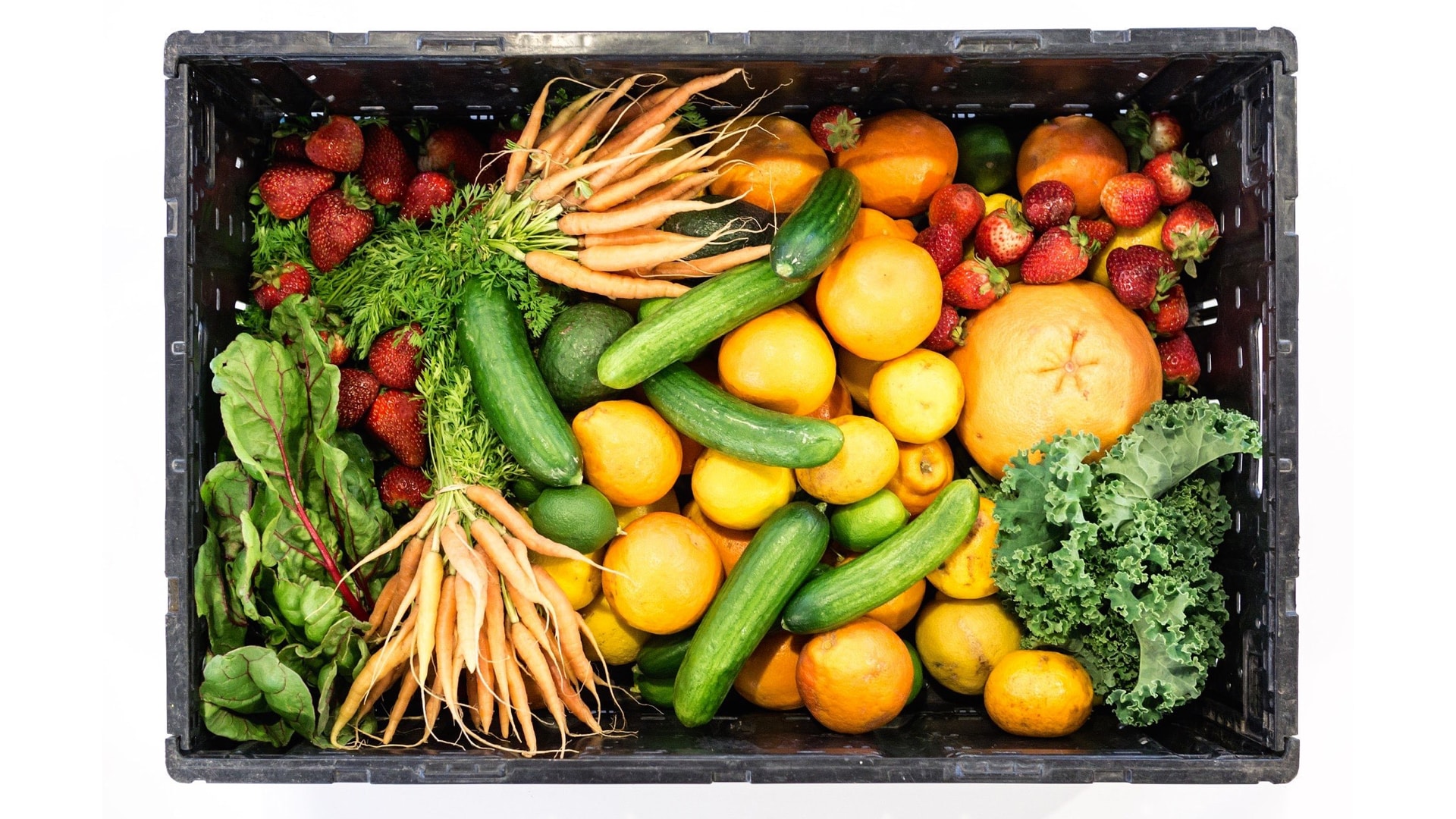
Specific Receptors for Specific Fruits and Vegetables
Dietary diversity is important because each plant family has a unique combination of phytonutrients that...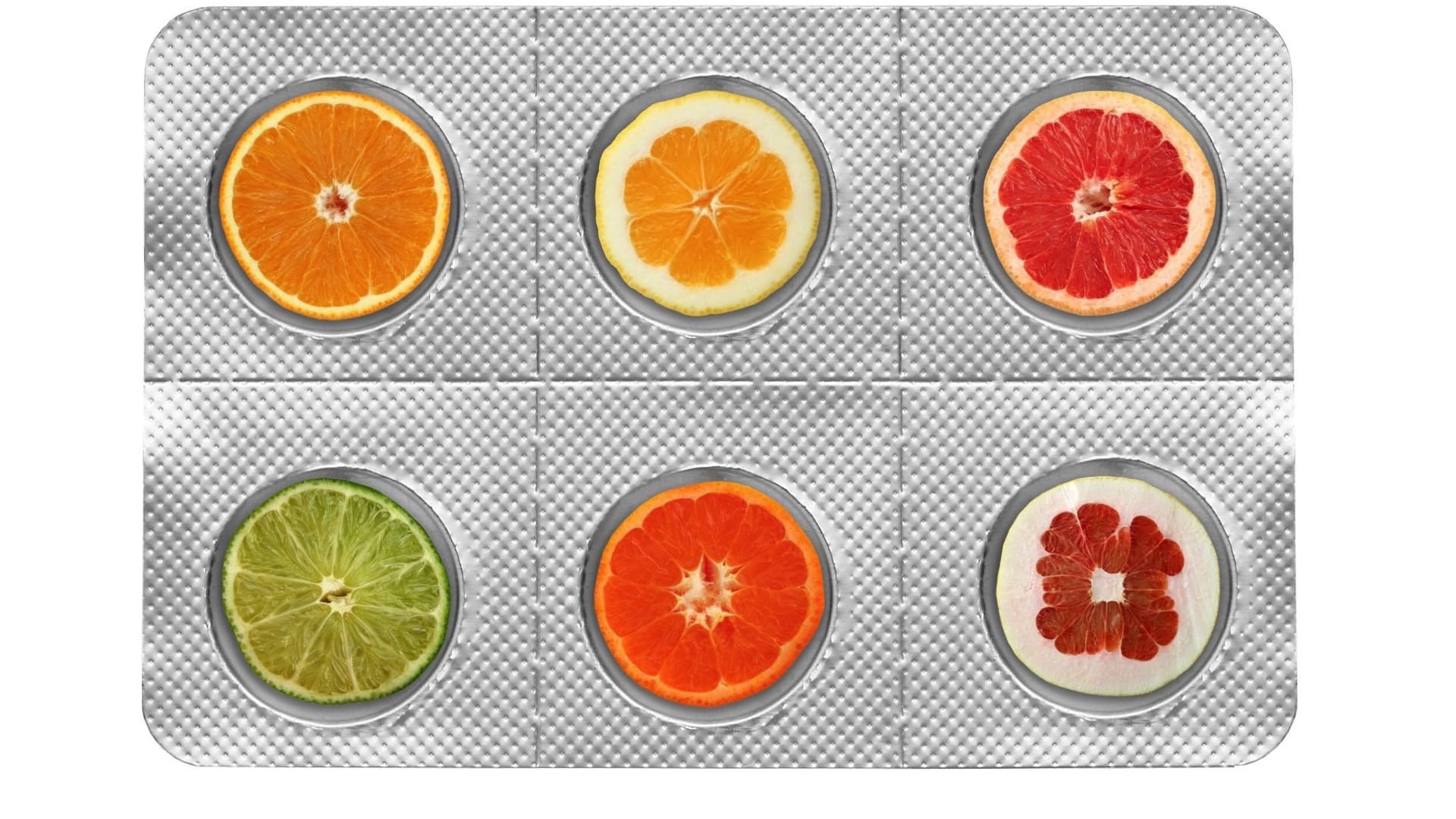
Industry Response to Plants Not Pills
The whole food is greater than the sum of its parts: how unscrupulous marketers use...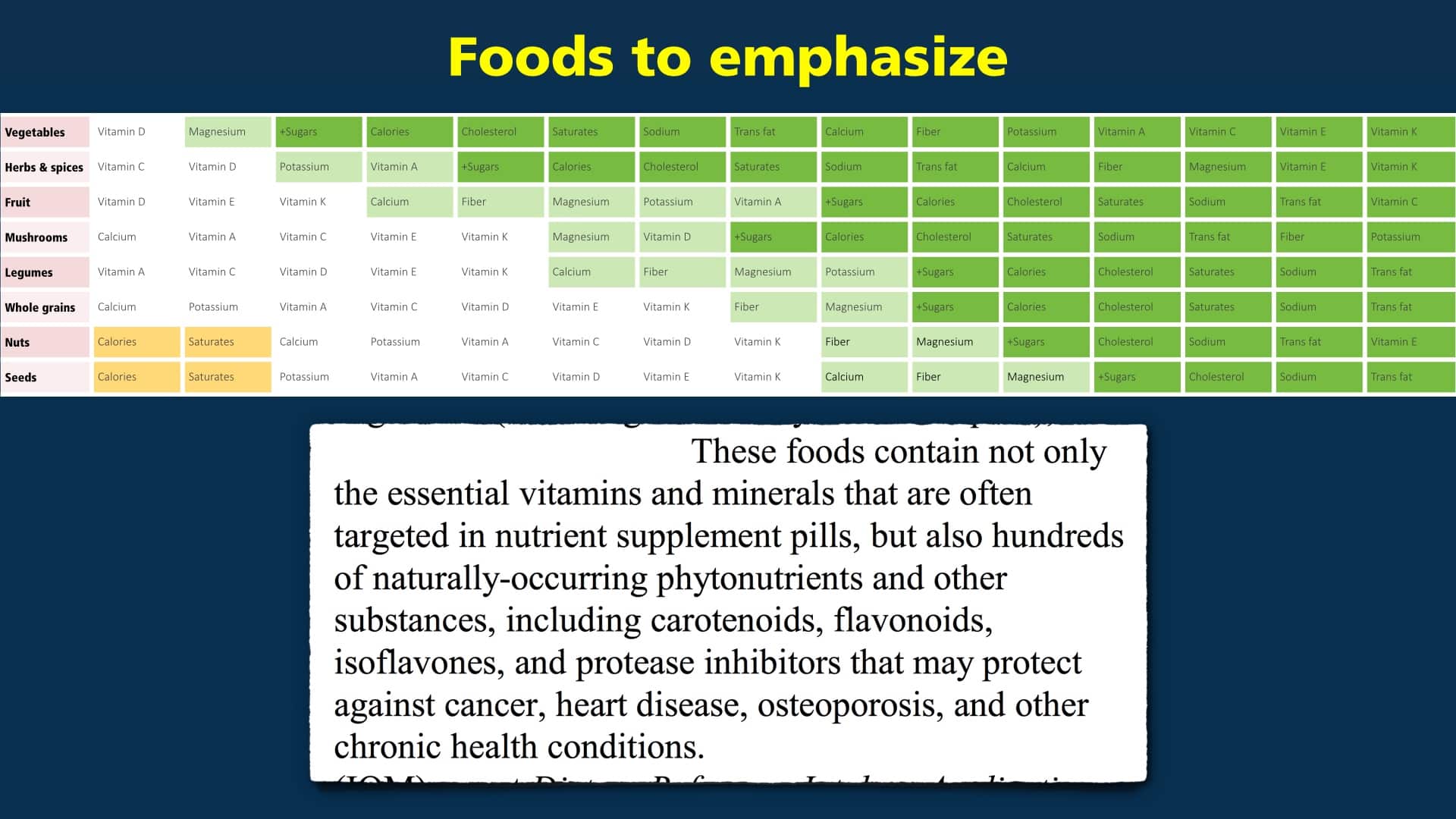
What Are the Healthiest Foods?
Based on the Dietary Guidelines for Americans, which foods best supply shortfall nutrients while avoiding...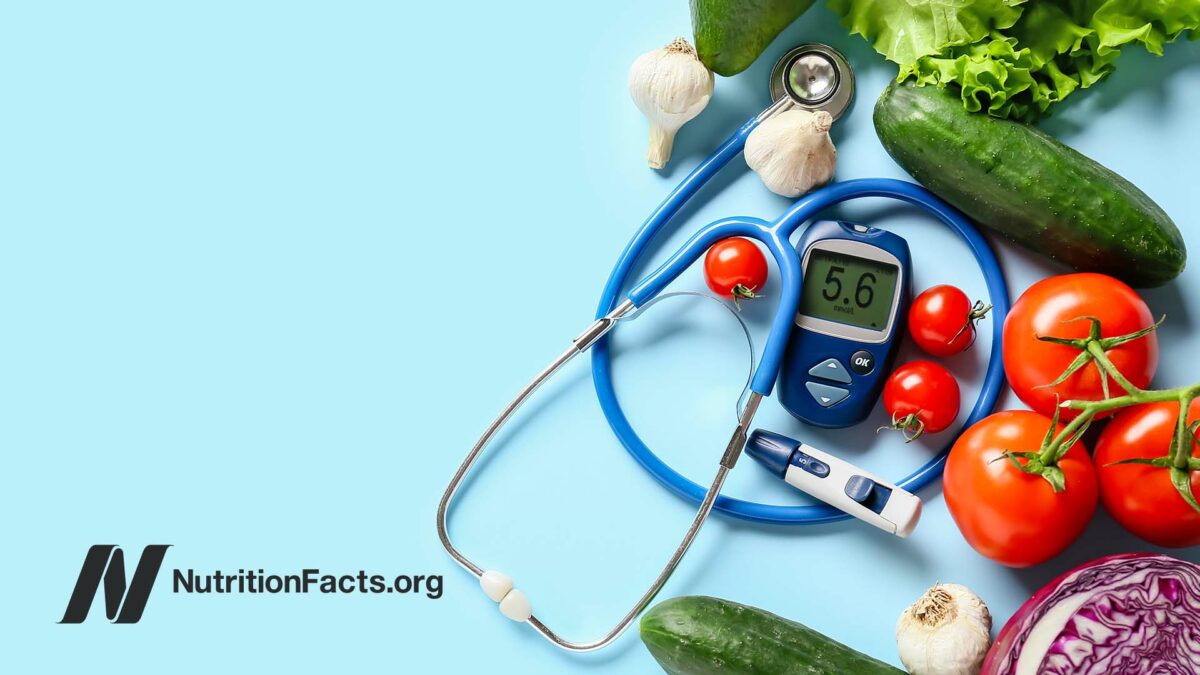
How May Plants Protect Against Diabetes?
Protective properties of whole plant foods against diabetes include antioxidants, lipotropes, fiber, and the ability...
Fruits, Veggies, and Longevity: How Many Minutes Per Mouthful?
The first study to gauge how much longer we live based on the number of...
Antioxidant-Rich Foods with Every Meal
To stay out of oxidative debt, we need to take in more antioxidants than we...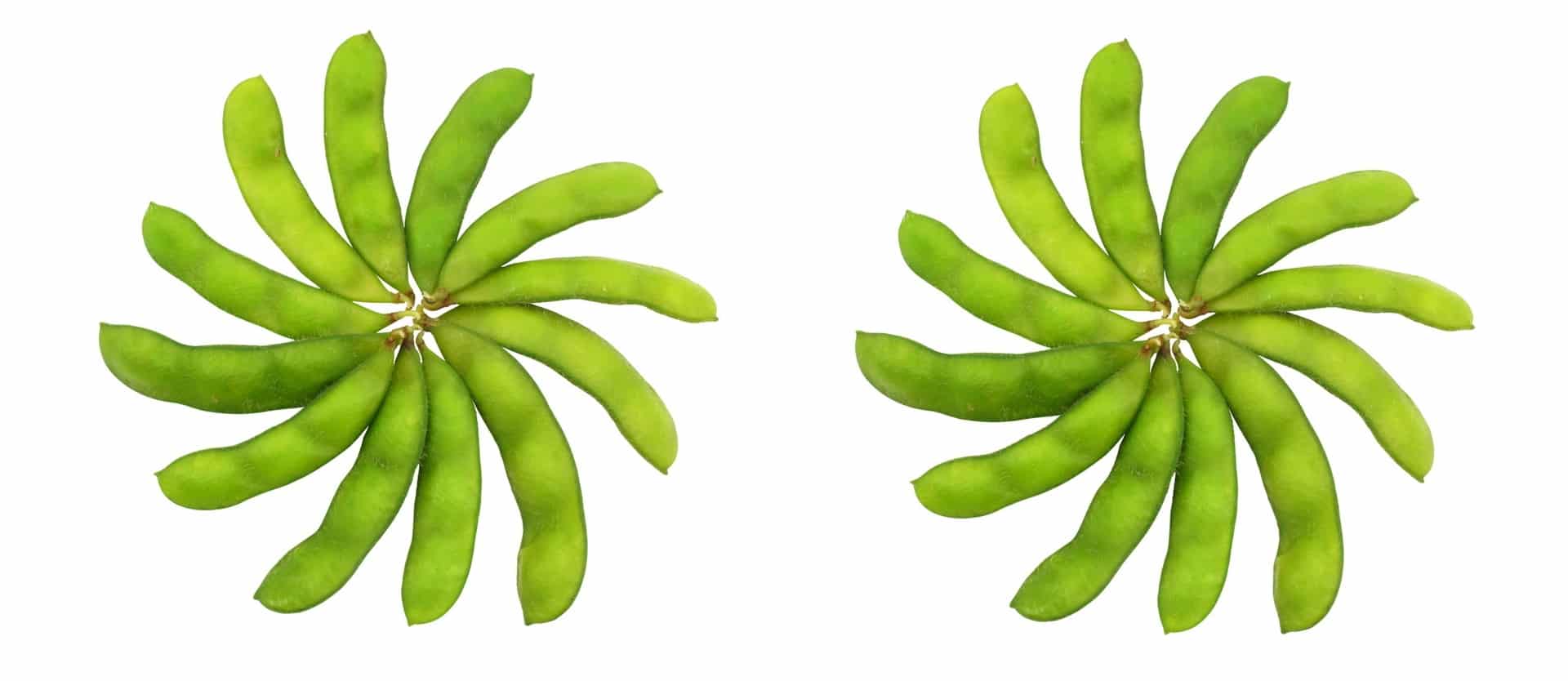
BRCA Breast Cancer Genes and Soy
One reason why soy consumption is associated with improved survival and lower recurrence rates in...All Videos for Phytonutrients
-

Green Tea as a Mouthwash for Halitosis (Bad Breath)
Green tea can help reduce plaque as much as the gold-standard chemical mouthwash without its side effects, but what about other aspects of oral health, such as bad breath?
-

How to Get Rid of Garlic Breath
After study participants took some garlic, researchers gave them whey protein, lemon juice, green tea, chlorophyll, 7UP soda, a raw pink lady apple, a cooked apple, parsley, spinach, and mint leaves. Which do you think worked best?
-

The Best Diet for COVID and Long-COVID
Healthy plant-based diets appear to help reduce the risk of severe COVID-19 and getting infected in the first place, even independent of comorbidities.
-

Is Soy Milk the Most Nutritious Non-Dairy Milk?
Soy milk is compared to dairy milk and other plant-based milks.
-

Which Foods Are the Most Anti-Angiogenic?
For cancer prevention, researchers suggest “constant consumption” of anti-angiogenic foods.
-

Targeting Angiogenesis to Lose Weight
Expanding body fat releases blood supply-generating factors that may end up hooking up tumors, too.
-

Does Coffee Inhibit Iron Absorption? What Are the Effects of Having Too Much Iron?
Coffee and common herbal teas impair iron absorption, which may help explain some of their benefits.
-

The Best Diet for Fibromyalgia and Other Chronic Pain Relief
Anti-inflammatory diets can be effective in alleviating chronic pain syndromes.
-

Treating Parkinson’s Disease with Fava Beans (Faba or Broad Beans)
Fava bean sprouts and soy nuts are put to the test for Parkinson’s disease as natural sources of L-dopa.
-

The Fat-Blocking and Appetite-Suppressing Effects of Thylakoids
What is a natural way to cut down on unhealthy food cravings?
-

Do Vegans Have Lower Bone Mineral Density and Higher Risk of Osteoporosis?
Those eating plant-based tend to be so much slimmer that their bone mass may suffer.
-

Blocking the Cancer Metastasis Enzyme MMP-9 with Beans and Chickpeas
Which legumes are best at inhibiting the matrix metalloproteinase enzymes that allow cancer to become invasive?
-

Fighting the Ten Hallmarks of Cancer with Food
The foundation of cancer prevention is plants, not pills.
-

Plant-Based Eating Score Put to the Test
How can you get a perfect diet score?
-

Are Baruka Nuts the Healthiest Nut?
How do barukas, also known as baru almonds, compare with other nuts?
-

The Role Meat May Play in Triggering Parkinson’s Disease
What does the gut have to do with developing Parkinson’s disease?
-

Benefits of Quinoa for Lowering Triglycerides
How do the nutrition and health effects of quinoa compare to whole grains?
-

Benefits of Grapes for Brain Health
Grape juice and whole grapes are put to the test for brain function, including cognitive decline in early Alzheimer’s.
-

For Flavonoid Benefits, Don’t Peel Apples
Peeled apples are pitted head-to-head against unpeeled apples and spinach in a test of artery function.
-

How to Cook Greens
Dark green leafy vegetables are the most nutrient-dense foods on the planet. What’s the best way to prepare them?
-

Blueberries for a Diabetic Diet and DNA Repair
Blueberries are put to the test against insulin resistance, oxidation, and DNA damage.
-

Best Way to Cook Vegetables
Boiling, steaming, microwaving, air frying, and sous vide cooking are put to the test for nutrient retention.
-

Best Foods for Halitosis and Gingivitis
The best and worst foods for bad breath and gum inflammation.
-

Benefit of Dates for Colon Health
Seven dates a day for three weeks are put to the test in a randomized controlled trial.
-

Do Lutein Supplements Help with Brain Function?
Avocados, greens, and lutein and zeaxanthin supplements are put to the test for improving cognitive function.
-

Brain-Healthy Foods to Fight Aging
What is the best source of lutein, the primary carotenoid antioxidant in the brain?
-

Which Coffee Is Healthier: Light vs. Dark Roast?
Dark roast coffee is more effective than light roast coffee in reducing body weight.
-

Best Brain Foods: Greens and Beets Put to the Test
Cocoa and nitrite-rich vegetables, such as green leafies and beets, are put to the test for cognitive function.
-

Best Food for Periodontal Disease and Gingivitis
What would happen if you stopped brushing your teeth but ate healthier?
-

Does Adding Milk Block the Benefits of Coffee?
How to choose the healthiest coffee, and the effects of adding milk vs. soymilk.
-

Benefits of Blueberries for Mood and Mobility
Randomized, double-blind, placebo-controlled trials of… blueberries!
-

Bean Pastas and Lentil Sprouts
Do the benefits of beans, and lentils, and chickpeas remain when they’re powdered? Also, how to use temperature stress to boost sprout nutrition.
-

Are Apples the Best Food for a Better Sex Life in Women?
Addyi (flibanserin), the drug marketed for “hypoactive sexual desire disorder,” is ineffective and unsafe. What about dietary approaches for female sexual dysfunction?
-

Benefits of Beans for Peripheral Vascular Disease
Do legumes—beans, chickpeas, split peas, and lentils—work only to prevent disease, or can they help treat and reverse it as well?
-

Benefits of Blueberries for Blood Pressure May Be Blocked by Yogurt
What happened when researchers tried to tease out what’s in dairy that interferes with the health benefits of berries and tea?
-

The Effects of Avocados on Inflammation
High-fat plant foods—avocados, peanuts, and walnuts—and olive oil are put to the test.
-

Benefits of Blueberries for Artery Function
What is the optimum dose of wild blueberries to eat at a meal?
-

The Benefits of Kale and Cabbage for Cholesterol
Dinosaur kale and red cabbage are put to the test.
-

Apple Peels Put to the Test for Chronic Joint Pain
Are the health benefits associated with apple consumption simply due to other healthy behaviors among apple-eaters?
-

Avocados Lower Small Dense LDL Cholesterol
What are the effects of oatmeal, walnuts, extra virgin olive oil, and avocados on LDL cholesterol size?
